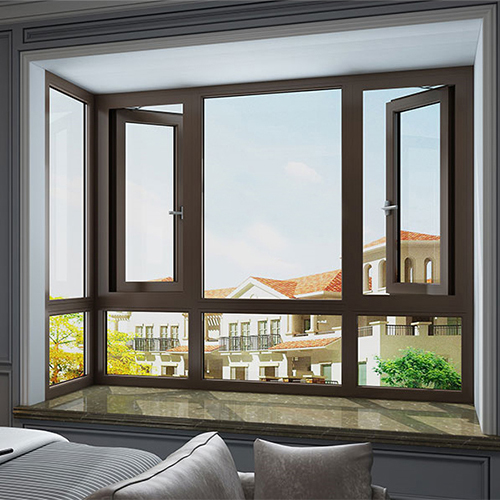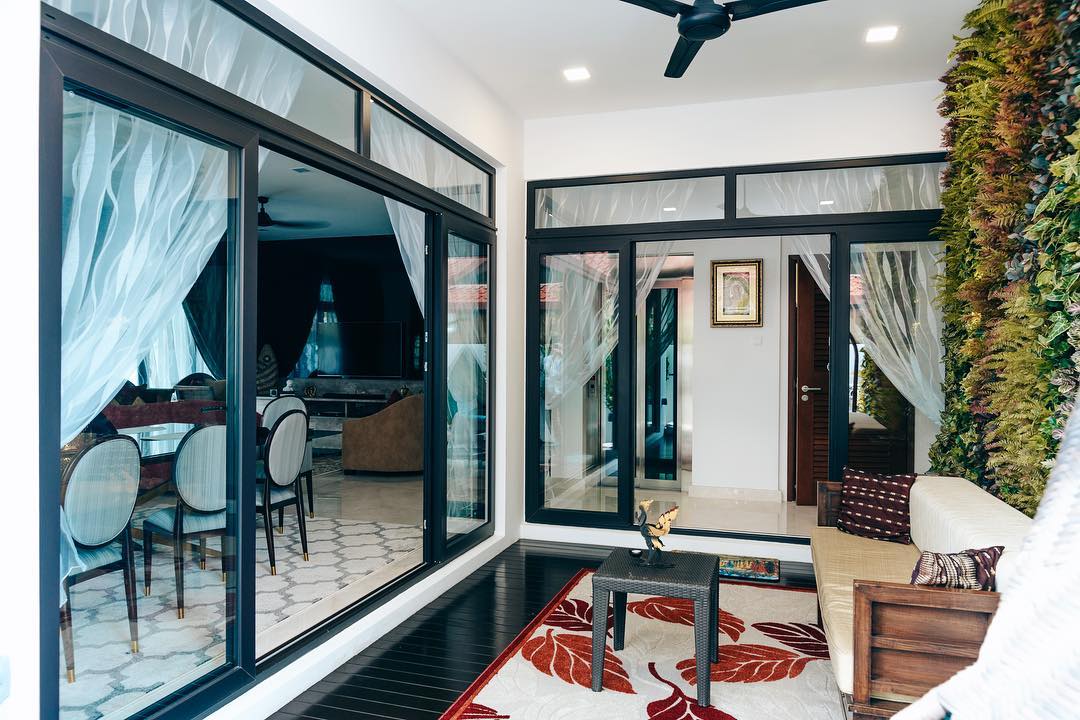1. Thermal insulation, that is, K value
2. Wind pressure resistance
3. Water tightness
4. Air tightness
5. Daylighting
6. Sound insulation and noise reduction

Concept: K value is also called heat transfer coefficient, in the past it was called total heat transfer coefficient. The current national standards and norms are uniformly named the heat transfer coefficient. The heat transfer coefficient K value refers to the heat transfer through an area of 1 square meter in 1 hour when the air temperature difference between the two sides of the enclosure is 1 degree (K, ℃) under stable heat transfer conditions. The unit is watts/square meter? Degree (W/㎡?K).
Heat transfer coefficient K (W/m2?K) of various door and window materials:
Ordinary aluminum alloy profile: 6.6
Thermal insulation aluminum alloy profile: 4.0
Wooden window frame: 1.8
5㎜white glass: 5.5
(5+12A+5) mm blank glass: 2.8
(5+9A+5)㎜Medium blank glass: 3.0
(5+6A+5)mm blank glass: 3.2
Simple calculation method of K value of doors and windows (air tightness is not considered)
In general doors and windows, the profile area accounts for about 25%, and the glass area accounts for about 75%. The heat transfer coefficient K value of various doors and windows is simply calculated as:
Ordinary aluminum alloy profile doors and windows: K=6.6×25%+2.8×75%=3.75
Heat insulation aluminum alloy profile doors and windows: K=4.0×25%+2.8×75%=3.10
Calculation method of heat loss of doors and windows:
The heat transfer coefficient K value is 3.5W/(m2?K), the heating outdoor temperature is 0℃, and the heating interior design temperature is 20℃ to calculate the total heat loss of the window (note: the heat loss caused by air leakage is not included) :
3.5×(1.2×1.5)×20=126W/h

2 What is wind pressure resistance of doors and windows?
Concept: Wind pressure resistance refers to the ability of closed outer (door) windows to avoid damage and dysfunction under wind pressure. This index is the most important one of the three basic physical properties of doors and windows. The wind pressure resistance design of doors and windows is implemented in accordance with the relevant requirements of GB 50009 “Building Structure Load Code”.
3 What is the water tightness of doors and windows
Concept: Watertight performance refers to the ability of closed outer (door) windows to prevent rainwater from leaking under the simultaneous action of wind and rain. This index is one of the three basic physical properties of doors and windows.
4 What is the air tightness of doors and windows?
Concept: Dense performance refers to the ability of outer (door) windows to prevent air infiltration when they are closed. This index is one of the three basic physical properties of doors and windows.

5 What is the lighting of doors and windows?
Concept: Daylighting refers to the brightness of light and sunlight. Daylighting factor: refers to the ratio of the window opening area of the house to the floor area of the house. In general building doors and windows, the profile area accounts for about 25%, and the glass area accounts for about 75%.
6What is the sound insulation performance of doors and windows
Concept: The sound insulation performance of doors and windows refers to the ability of doors and windows to attenuate the sound transmission from the sound source to the listener.
If you are interested in getting more details ,quotation or have any other requirement, please feel free to contact with us.
Pavida Windows &Doors co.Ltd Email: lorraine@pavida.cn Tel/wechat/whatsapp:+86 13751591113
